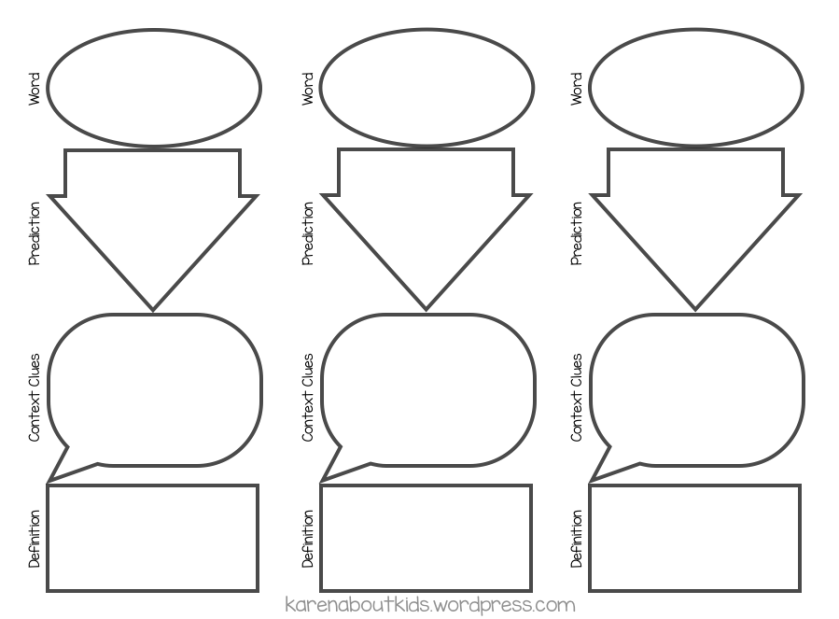The Whole World’s Crazy by Jimmy Gownley
Atheneum Books for Young Readers © 2009
CCSS.ELA-LITERACY.RL.3.7 Explain how specific aspects of a text’s illustrations contribute to what is conveyed by the words in a story (e.g., create mood, emphasize aspects of a character or setting)
Suggested Delivery: Independent Read, Book Clubs
Summary:
The Whole World’s Crazy is the first of the Amelia Rules series. We meet fourth-grader Amelia McBride as she is about to begin her first year at a new school. Her parents are recently divorced, and she and her mom are now living with her aunt, Tanner. Amelia initially struggles with making friends, has trouble with her teachers, and often finds herself resentful toward her family. Through her adventures with her new friends, and some harsh reality-checks, Amelia learns to appreciate what she has.
Building Schema:
For students who are reading graphic novels for the first time, it may be beneficial to give students a “how-to” on reading graphic novels. Below are a series of links for comic strips, or funnies, that students can explore on their own to get a feel for how to read graphic novels before a formal introduction.
Garfield Daily Comic Strip
Peanuts Comic Strips
If students are already familiar with simple comic strips, there are also e-versions of comic books that they can explore before jumping into full graphic novels.
DC Kids
Key Vocabulary:
femininity (noun) – of, relating to, or suited to women or girls
dread (verb) – to fear something that will or might happen
stifle (verb) – to not allow yourself to do or express something
futile (adjective) – having no result or effect; pointless or useless
nefarious (adjective) – evil or immoral
incoherent (adjective) – not able to talk or express yourself in a clear way that can be easily understood; not logical or well-organized; not easy to understand
wrath (noun) – extreme anger
exaggerate (verb) – to think of or describe something as larger or greater than it really is
resentment (noun) – a feeling of anger or displeasure about someone or something unfair
latch key kid (noun) – a child who returns from school to an empty home because their parent or parents are away at work; a child who is often home with little supervision
Before Reading Activity:
Before students read The Whole World’s Crazy, engage in a read-aloud, using a comic book or other graphic novel. I like how the comics are displayed on the Marvel HQ page, because icons and panels are displayed one at a time in the order they should be read. This can help students to visually understand the order in which we read graphic novels. Nonetheless, a print version would also work for the purpose of this activity.
While performing the read-aloud, be sure to highlight the different features of the graphic novel an what they signify (art, panels, gutters, balloons), and the order in which to move through these features in order to best understand the story that is being told.
During Reading Activity:
Throughout students’ reading, have them keep journals and respond to certain prompts. these may include:
- Can you find an example of each of the text features in The Whole World’s Crazy? (panels, captions, word balloons, sound effects, bold words)
- Can you find an example of when Amelia was happy? Angry? Sad? Surprised? Worried? What is it about the text or pictures that helps you understand how Amelia is feeling?
- Write down words that you like, are new, or maybe confusing. Predict what these words might mean.
Make sure that with each example, students write down page numbers. These journal notes can then be used in small group discussions after reading.
After Reading Activity:
Using the notes gathered in students’ reading journals, students can engage in a book club style discussion. During this discussion, the teacher acts as a facilitator, prompting questions about the texts. These prompts may begin with contributing something from students’ reading journals, and then move on to topics which have not yet been discussed. Some of these discussion prompts may include:
- How did some of Amelia’s friendships change throughout the story?
- How did Amelia’s attitude change in the chapter “Amelia McBride and the Other Side of Yuletide?”
- What are some things you noticed about how the pages looked? Were they ever different? Hint* Think about different characters’ word bubbles, differences in the images to show past/present, what the panels look like when Reggie is explaining something. Why do you think the author/illustrator made these choices? How did it affect the way you read?
The extent of the teacher’s role as a facilitator will depend on the group’s experience with book club discussions. Groups that have less experience with book club discussion may need more prompts and redirecting/refocusing. Groups that have previously shown successful book club discussions may be more successful with a peer-lead discussion, as students tend to have deeper and more personal discussions in the absence of a teacher. It may be useful to audio-record peer-lead discussions for the purpose of assessment.
Writing Activity:
Students will respond to the following prompt:
A few times in The Whole World’s Crazy, Reggie explains and defines words with pictures and diagrams. (Examples on pages 24, 65, and 120). Identify a word or phrase from the text that you found confusing, and draw a diagram/write a definition to explain it like Reggie.










